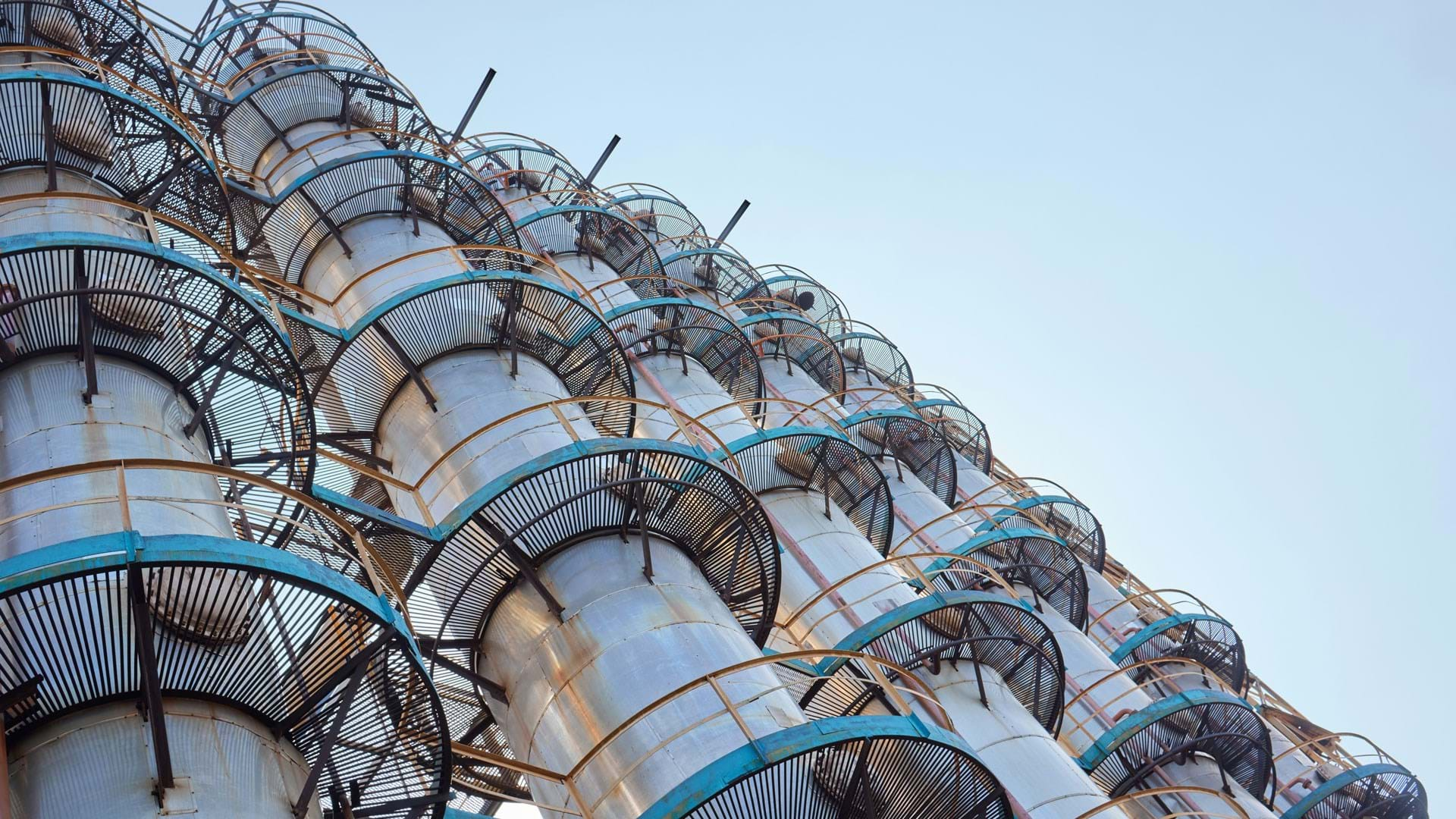Distillation Improvement Opportunities Part 1: Introduction - Your Greener Prospects

Daniel Summers calls on chemical engineers to take advantage of opportunities to improve the efficiency of distillation operations
"DISTILLATION is a mature unit operation” and “Nothing new will become of distillation operations.” Where have we all heard that before? I heard those statements as a young engineer numerous times in the 1970s and early 1980s. Since then, I have seen the development of new types of tower internals such as truncated type downcomers on trays, fourth generation random packing and “streamlined” structured packings. We have also seen new ways to configure towers such as dividing wall columns or the use of pinch technology. The industry has also become focused on ways to improve design and operational methods through process intensification. Yes, I agree that distillation uses a lot of energy to boil everything multiple times (ie reflux ratio) but it continues to provide 98% of separations for the global bulk chemical and refining industries. Why? Because it is cost effective. I would like to point out here that when properly heat integrated, the distillation energy footprint can typically be reduced by as much as 50%. Yet, in this new practical series we’ll learn how there are more efficiencies to gain, and much needed ones given the urgent demand for us to help our employers reduce emissions.
Distillation experts from across the chemical engineering community will provide methods on improving energy utilisation, reducing capital costs, and enhancing design and operational performance to help industrial companies to retain competitiveness and bolster sustainability. Ultimately, the series aims to furnish readers with the information needed to propose meaningful changes to the design and operation of distillation units, and gain support for implementing these changes from their management.
The coming series
This issue we will read about the opportunities of multiwalled dividing wall columns, and then in the subsequent issues learn about enhanced distillation control, safe operational optimisation, hybrid distillation and exciting new tower internals.
Multiwalled dividing wall columns
Dividing wall columns are not new. The idea was generated in the 1960’s by Petlyuk. It wasn’t however until the mid to late 1980s, that the industry began to seriously look at the 30% energy and capital savings potential these type towers have to offer. The first article in this series takes the dividing wall concept further by placing multiple walls in a single vessel (see p23).
Distillation control
Distillation control has typically been focused on maintaining product purity and recovery. Today however, energy consumption also needs to be taken into account. I find the article in this series to be especially focused on how to “tune” the controls such that excessive purity is avoided in distillation thus conserving energy.
Operational safety
Operational safety of distillation towers is often taken for granted. During my career, I have been more focused on the safety aspects of getting in and out of towers during a turnaround. The article in this series refreshingly focuses on aspects often overlooked with new types of distillation internals or different tower configurations.
Hybrid distillation
Hybrid distillation (eg extractive, azeotropic and more) offers ways to get past natural barriers that limit conventional distillation. I find it exciting that there are different ways to reduce the energy consumption of separating close boiling mixtures and azeotropic mixtures. The article in this series explores several ways that I have personally employed in industry. I especially like the emphasis on employing heat pump technology (vapour recompression) to reduce the overall energy consumption of distillation.
Tower internals
Finally, my favourite topic, tower internals. There are always new ideas for tower internals being introduced to the marketplace. The article in this series on internals points out just a few of the new ideas on how to “build a better mousetrap (distillation tower).” I especially like the topic of centrifugal type devices, that use a force other than gravity, to separate the phases. This may very well be the “way of the future” to save a tower from being replaced with a larger vessel. The third article in this series discusses improvements through the use of novel mass transfer internals.
Finding real energy savings
Altogether, even though distillation has been around for hundreds of years, it is still the “work horse” of the process industries. I am encouraged by the enthusiasm that still exists in the industries to enhance distillation capacity, reduce energy, and improve performance. Are distillation’s days numbered? There has been a lot of focus on alternative separation methods including membranes over the past 40 years. However, unless a “magic” filter can be invented that lets only a single size molecule pass through it on a bulk scale, distillation will be around for a long time to come.
This series of articles touches on several key areas where real energy savings can be found today. These savings can easily be applied to your new project or the revamp that you have been recently examining. Read them carefully in the coming issues, because the authors have the knowledge and experience to help you make the right energy-based decisions with regards to your distillation applications.
This is the introductory article in a series helping chemical engineers to take advantage of opportunities to improve the efficiency of distillation operations. To read more, as they are published, visit the series hub at: https://www.thechemicalengineer.com/tags/distillation-improvement-opportunities
Acknowledgments: we would like to thank the following for volunteering their time and expertise to help develop and produce this series: Guest editor: Frank Zhu is a senior fellow at Honeywell UOP; Peer reviewers: Paul Steacy is a retired fractionation specialist; and Daniel Summers is a consultant at Fractionation Research Inc.
Recent Editions
Catch up on the latest news, views and jobs from The Chemical Engineer. Below are the four latest issues. View a wider selection of the archive from within the Magazine section of this site.






